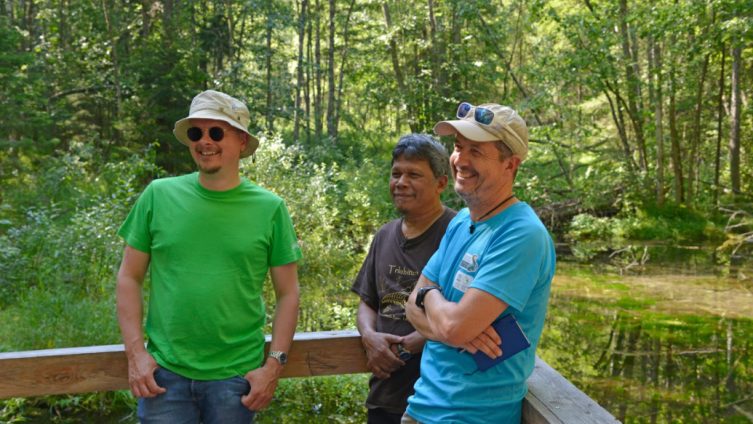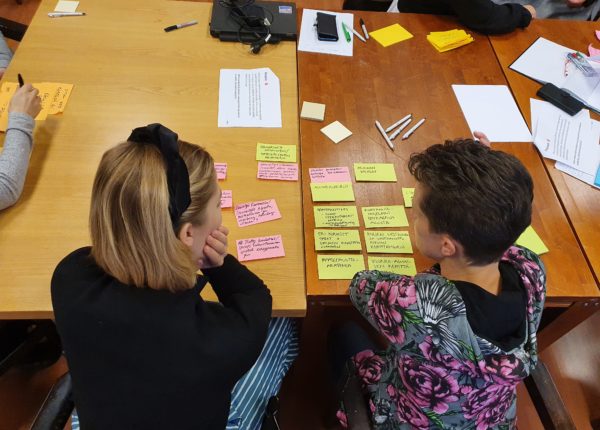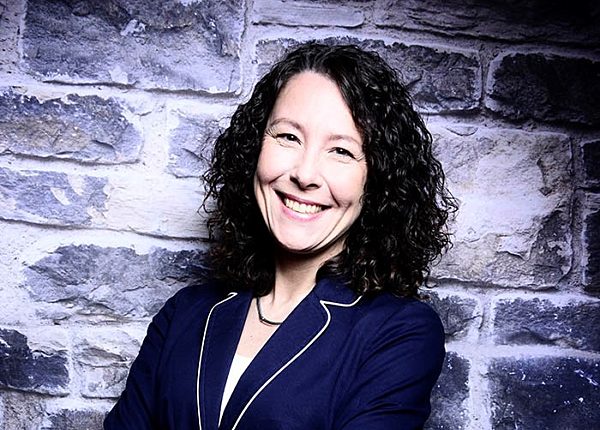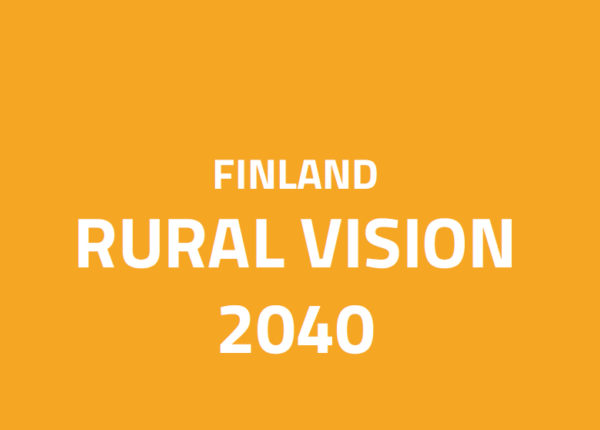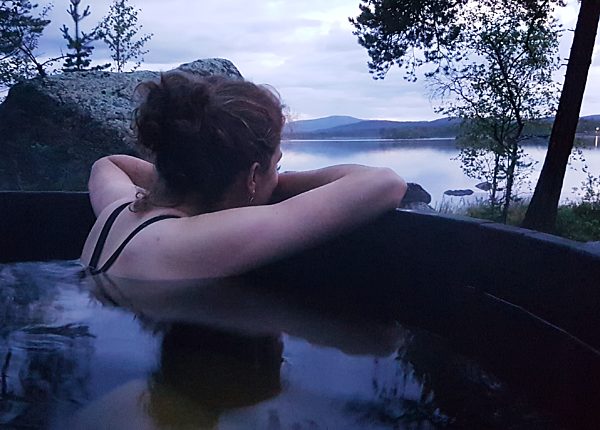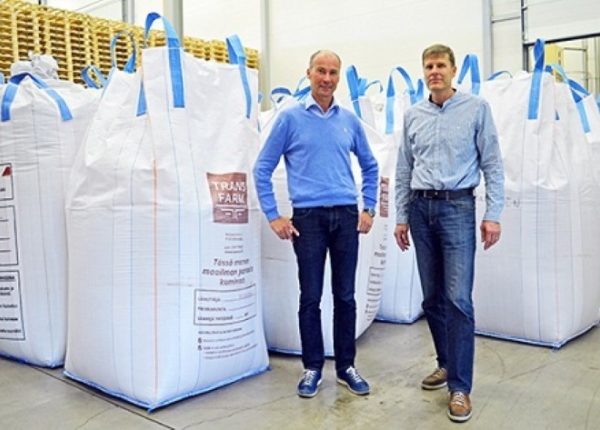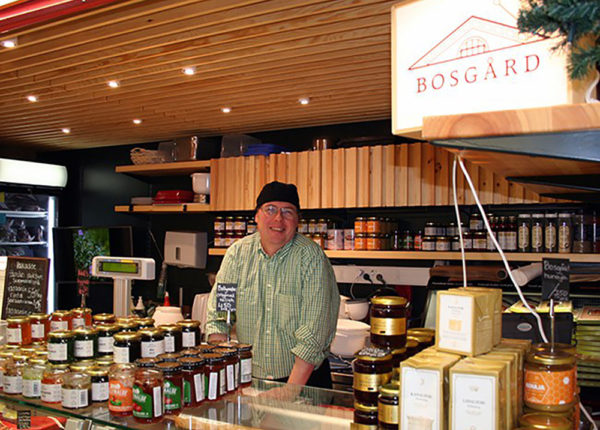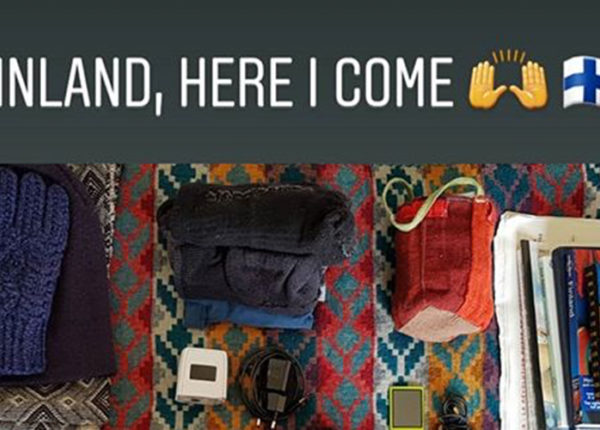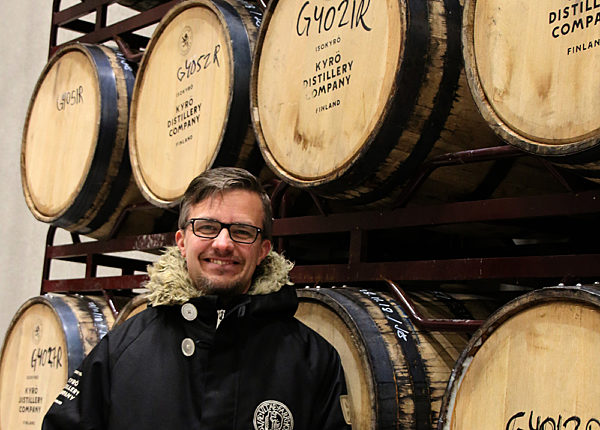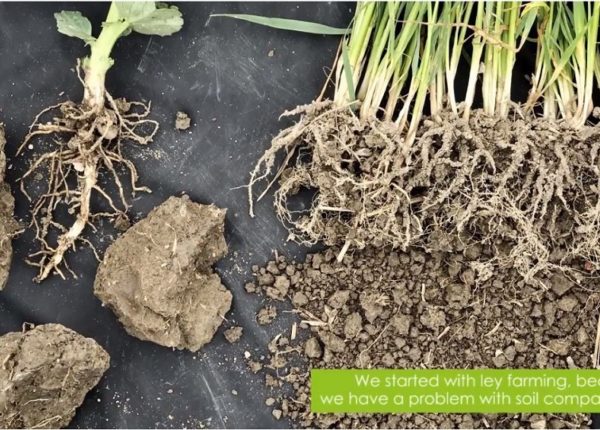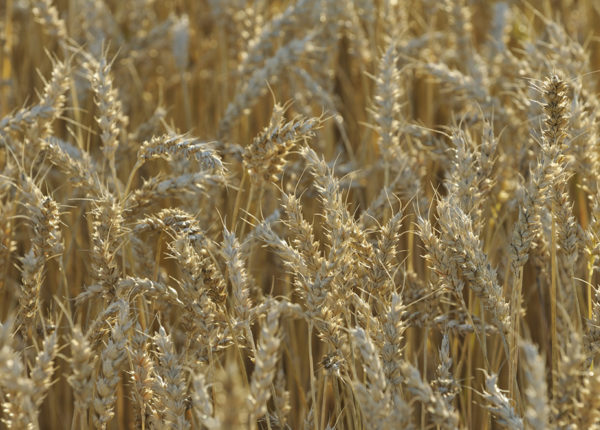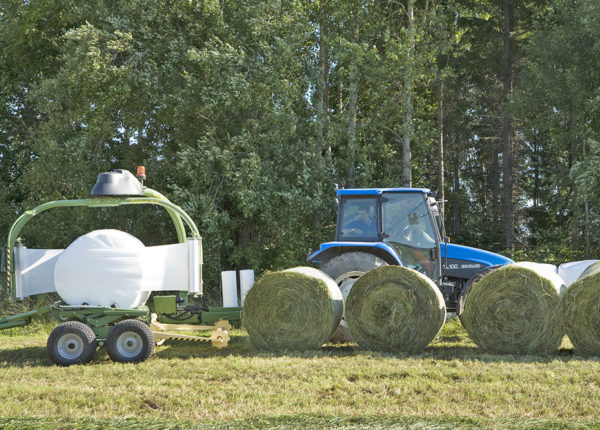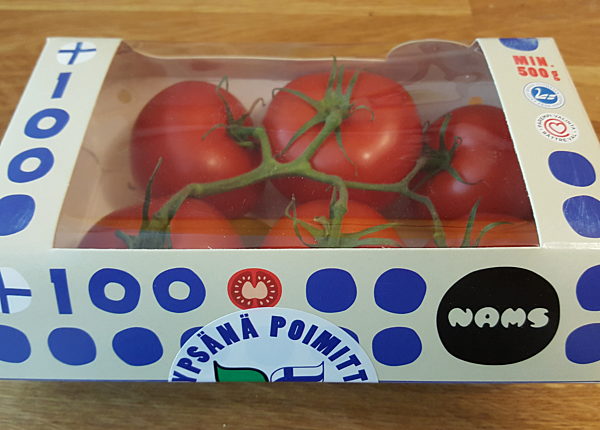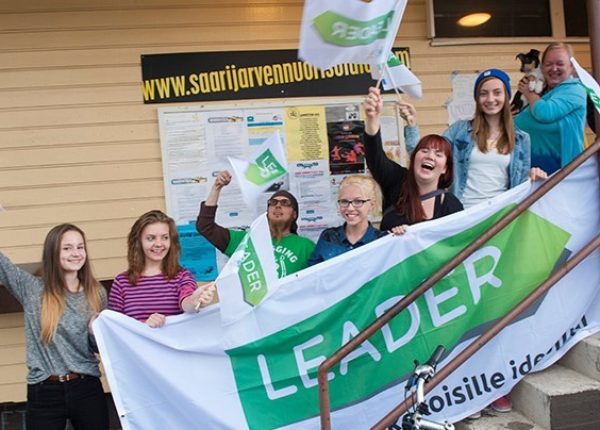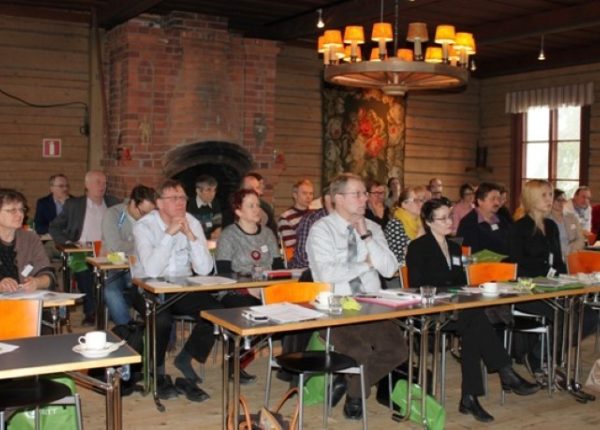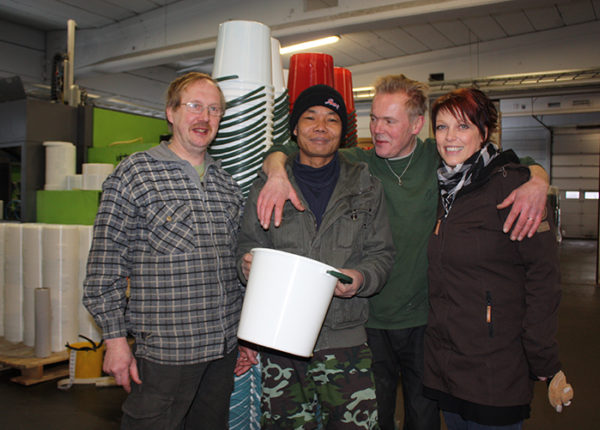Thanks to a project called “ Kestävää kehitystä Geoparkissa” (“Sustainable Development in the Geopark”), the previously very fragmented area has been developed into an integrated nature tourism destination. The operating concept for the area has been developed, especially from the perspectives of sustainable tourism and digitalisation.
The person in charge of the project, Terttu Hermansson, Executive Director of the new Lauhanvuori-Hämeenkangas Geopark ry, says the success of the project lies especially with the commitment of various actors to achieve a common goal.
“The Geopark area is spread over three regions and as many as nine municipalities. I believe that the co-operation between the municipalities, Metsähallitus and the Natural Resources Institute Finland as well as between the local companies, educational institutions, and residents, which has been activated as a result of the project, will continue to thrive. At the baseline, areas with slightly different identities now form a new, strong whole. As a result of the project, the local identity and pride of the residents, associations, and businesses in the area, as well as the relationship with nature, have also been strengthened, and the activity to develop and protect the area has increased," Hermansson says.
Funding for the project has been arranged through the EAFRD, which Hermansson considers to be a system that works in all respects.
“First of all, the funding has made our project possible in general, we have to be grateful for that. I also see rural funding as a very flexible instrument in terms of both the application process and management,” she says.
Health, well-being, and local food products as attractions
The Geopark area comprises two national parks, wetland conservation areas, and numerous natural and cultural sites. Services in the area have been developed especially around nature tourism and health and well-being. Overall, the aim of the project has been to encourage actors in the region to adopt more sustainable practices and, for example, companies have been instructed and encouraged to obtain a certificate of responsibility.
The Geopark has also joined the UNESCO Global Geopark GEOfood Network. The utilisation of the theme is still being worked on.
"In practice, this means that companies in our region can use the GEOfood logo in their products, as long as food products and services meet certain criteria related to the locality, durability, and traditional background of the food, as well as information about them," says Hermansson.
Digitalisation has been increased by developing the digital capabilities and electronic marketing of the actors. Companies have productised their services online and for purchase in online stores. Guided tours based on spatial information and augmented reality of the Geopark have also been implemented, complementing the information provided by the traditional signposts.
Marketing increases awareness
Project funding has enabled an exceptionally large investment in communication and marketing. For example, a new Lhgeopark.fi website has been created for the Geopark.
“The key figures are, for example, the number of visitors to our website, which has grown from about 4,000 visitors to 24,000 in two years. Our videos were viewed approximately 19,000 times on YouTube last year. The number of Geopark member companies has increased by 43.5% and member associations by 36% during the project period. The number of visitors to the area's natural sites had increased significantly even before the so-called corona year, which can be considered the most important measure of the project's success,” Hermansson says.
The Geopark website: https://lhgeopark.fi/
Promotional video for the Geopark:
